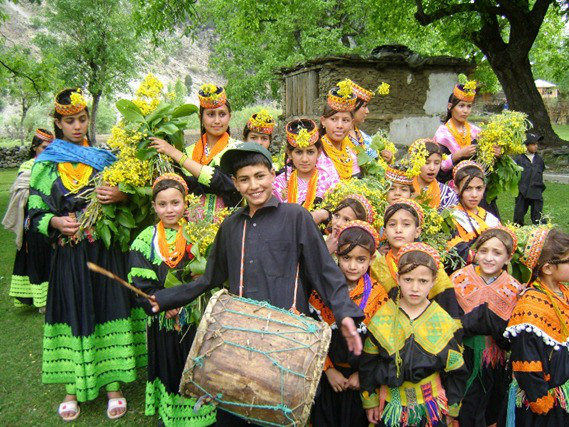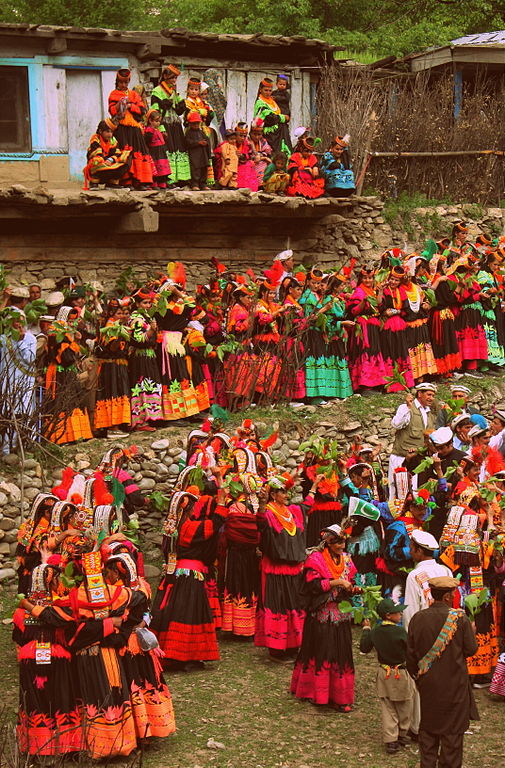 The picturesque Chitral town lies on the Chitral River. Worth seeing is the Shahi Masjid (Grand Mosque) against the backdrop of Trichmir peak 7700 meters (25,264 feet), ex-ruler’s fort and the local style of Khowar houses of the friendly locals. Also worth exploring is the fascinating bazaar, which offers a host of handcrafted treasures.Chitral Valley is famous for its polo tournaments, held from April to July and September to October.Climate:Summers are generally pleasant but the winters are extremely cold. Chitral Valley has unpredictable during spring with frequent rains and snowfall. Autumn is pleasant with mild temperatures.Tourist Season:Ideal time for visiting Chitral Valley is from June to September.Population:1,59,230:Majority of the people are Muslims. The only non-Muslim ethnic minority in the Chitral valley are the Kafir Kalash. Numbering about 2,500 to 3,000 they inhabit Birir, Bumburet and Rambur valleys in the south of Chitral. Their life style is characterized by their own ancient and religion.Languages:The local dialect is ‘Khowar’ (Chitrali). Urdu is understood by a large number of people while Pushto is spoken and understood in Chitral and Drosh.
The picturesque Chitral town lies on the Chitral River. Worth seeing is the Shahi Masjid (Grand Mosque) against the backdrop of Trichmir peak 7700 meters (25,264 feet), ex-ruler’s fort and the local style of Khowar houses of the friendly locals. Also worth exploring is the fascinating bazaar, which offers a host of handcrafted treasures.Chitral Valley is famous for its polo tournaments, held from April to July and September to October.Climate:Summers are generally pleasant but the winters are extremely cold. Chitral Valley has unpredictable during spring with frequent rains and snowfall. Autumn is pleasant with mild temperatures.Tourist Season:Ideal time for visiting Chitral Valley is from June to September.Population:1,59,230:Majority of the people are Muslims. The only non-Muslim ethnic minority in the Chitral valley are the Kafir Kalash. Numbering about 2,500 to 3,000 they inhabit Birir, Bumburet and Rambur valleys in the south of Chitral. Their life style is characterized by their own ancient and religion.Languages:The local dialect is ‘Khowar’ (Chitrali). Urdu is understood by a large number of people while Pushto is spoken and understood in Chitral and Drosh.
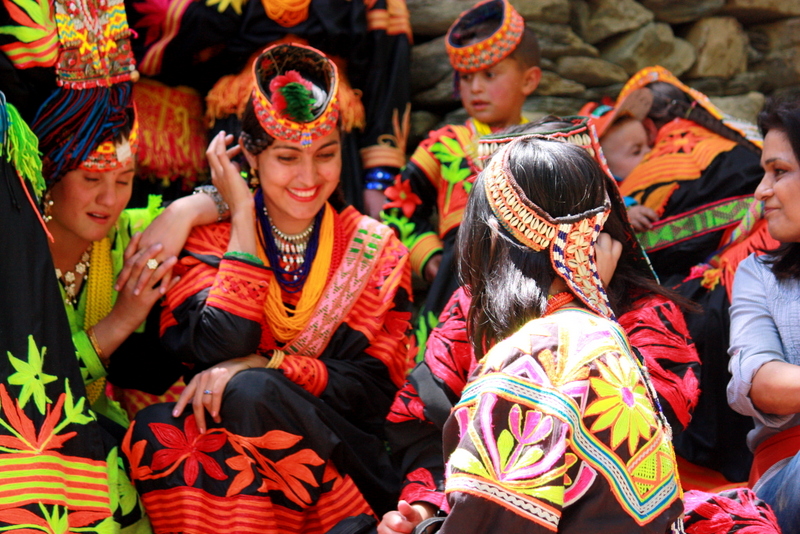
How to reach there?
The best way to reach Chitral is by air. Other ways to reach the Chitral is through Kunar valley which connects the valley with Afghanistan. Through Lowari pass one can reach here from Peshawar covering a distance of 365 kilometers. It can additionally be visited from the Gilgit city of Gilgit-Baltistan covering a distance of 405 km passing from the Shandur top kenned as roof of the world.
Accomodation:
PTDC Chitral is the best cull has a pulchritudinous garden and very good accommodation.
Mountain View Hotel is located in Shahi Bazaar with good clean rooms and sultry shower. There are few other more minute hotels along the bazaar and in front of PTDC Motel.
Popular Tourist Places of Chitral:
1. Tirich Mir:
This lofty mountain peak is the highest of Hidukush range. Tirich Mir can be viewed from a higher place of Chitral Town (Like roof top of the hotel where you stay) in a clear weather. It can additionally be viewed from the palace of Chitral’s King. This mountain is withal highest in the world apart from Himalaya and Karakoram ranges.
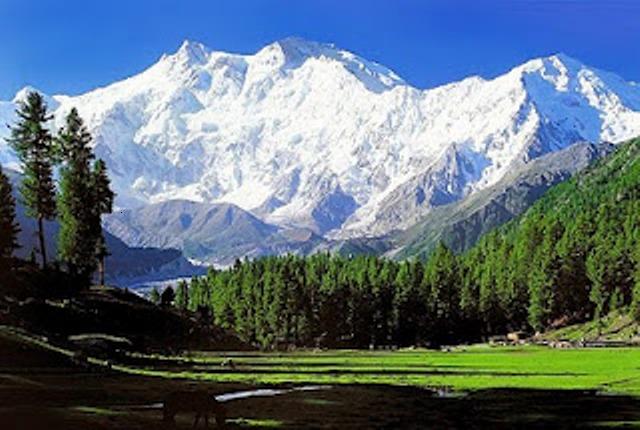
2. Chitral Museum:
Chitral Museum with antiques, weapons and other stuff from the old times of monarchies provides great cognizance about history and culture of Chitral and Kalash people.
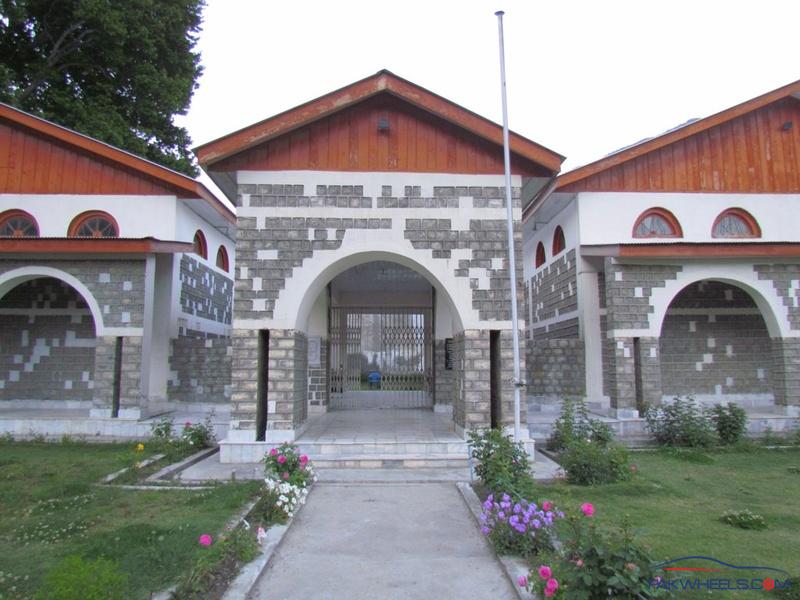
3. Shahi Masjid (Shahi Mosque):
Shahi Masjid of Chitral was built in 1924 A.D. It was built by Shujaul Mulk, the Mehtar of Chitral (1895 – 1936). The mosque is famous for its vigorous and cultural architectural style.
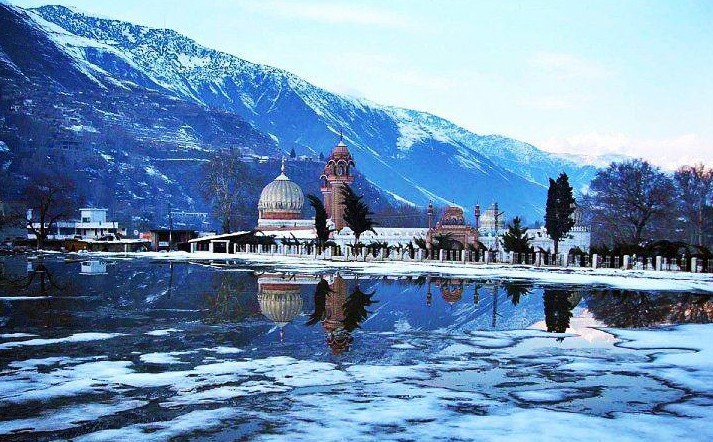
4. Shahi Qila (Shahi Fort):
Shahi Qila of Chitral is situated contiguous to the Shahi Masjid of Chitral. This fort is definitely a place felicitous for a kingly residence. Haplessly, it is a private property and you’ll need to get special sanction to visit it from inside.
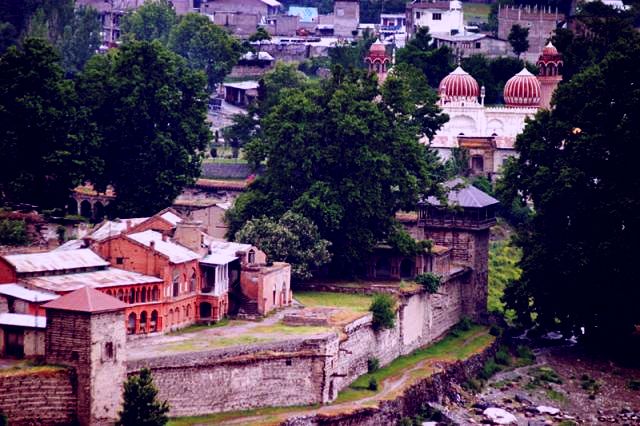
5. Polo Ground:
Polo is a famous and perhaps most favorite game of Chitral. There are many polo grounds in Chitral; the famous one is in Chitral Town. A visit to polo ground will provide you with information about fascinating game of polo, and if you are fortuitous then there might be match going on that you can relish.
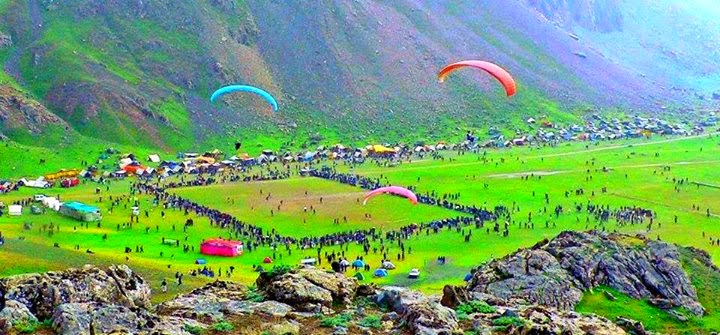
6. Governer Cottage:
This is another comely building of Chitral. One can facilely view Tirich Mir from here in a clear weather.
7. Barmoghlasht:
Barmoghlasht is a pulchritudinous and charming resort. It is situated 14.5 kilometers (9 miles) from Chitral. It is definitely a place worth visiting.
8. Garam Chashma:
Garam Chashma (transformation in English: Warm Spring) is famous around the country and outside for its springs of warm waters. The place is additionally famous for precious stones, trout fish and clean environment.

9. Ayun Valley:
The lush green marvelously resplendent and the most favorite among tourists for its natural resplendency; the Ayun Valley is situated between Chitral Town and Kalash. It is sited at the bank of River Chitral. People of Ayun Valley are welcoming and cooperating like the people in rest of Chitral.
10. Koghazi and Goleen:
Fourteen kilometers from the town of Chitral; Koghazi and adjacent Goleen are literally a piece of paradise on the earth. This is a valley of flowers, fruits, lush green meadows, canals, waterfalls, springs, and resplendent landscapes.
Culture of Chitral:
The women wear ‘shalwar-kameez’ (long shirts with baggy trousers) and ‘dupattas’ (flimsy scarves draped round the Shoulders).
In winter the man wear ‘shuqa’, loose ,long woolen gowns with long sleeves. The popular headdress is ‘pakol’ which is also of woolen material.
The Kalash Valley men distinguish themselves from the non-Kalash by wearing Chitral woolen hats to which they add feathers or little metal bells. Traditional dress, reserved for blue, very simple with a hole cut out for the neck. The wear long woolen belts and their shoes are often of goat-skins, usually rigged directly to the feet and laced with woolen or leather thongs.
The Kalash Valley women wear black gowns of coarse cotton in summer and handspun wool dyed black in winter. They also wear a picturesque headgear, which weighs between three and four pounds. It is made of woolen black material encrusted with cowry shells, buttons and crowned with a large coloured feather.
